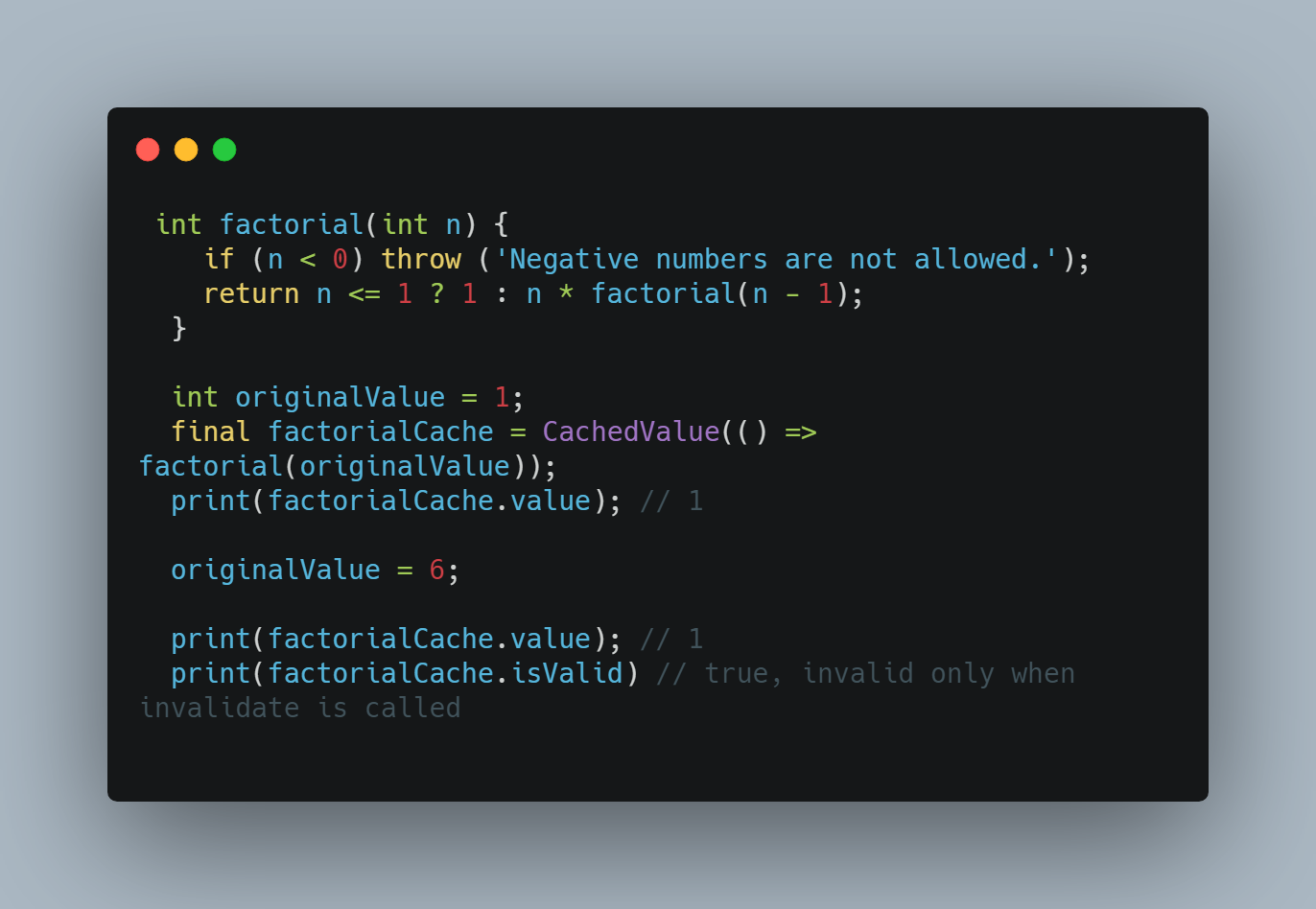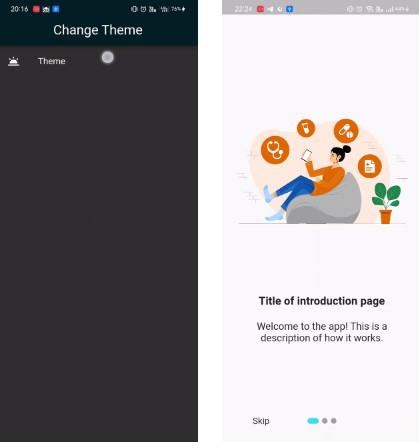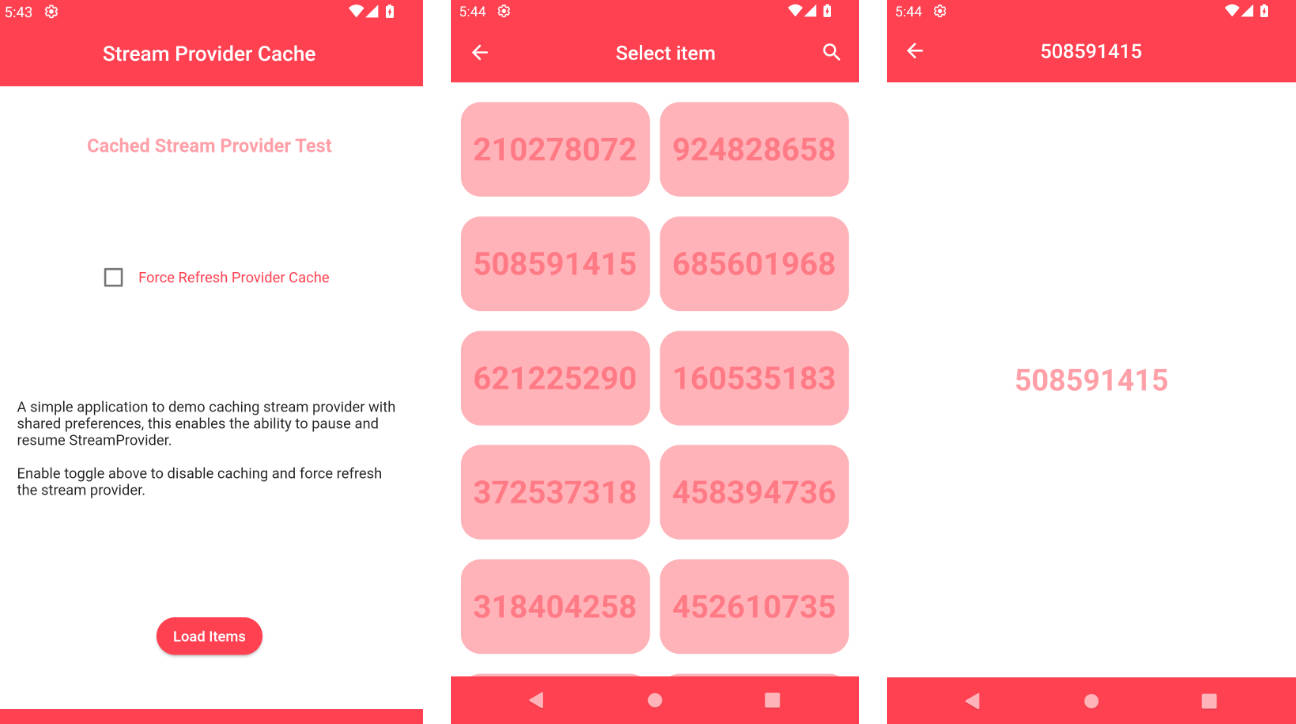cached_value
A simple way to cache values that result from rather expensive operations.
It is useful to cache values that:
- Are computed from other values in a consistent way;
- Can be changed given known and unknown conditions;
- Should not be computed on every access (like a getter);
Installation
Add to pubspec.yaml:
dependencies:
cached_value: <most recent version>
Find the most recent version on pub.
Usage
A cache can be created from a simple manually controlled cache and composed with automatic
functionalities. Such as dependencies and time to live.
Creating a cache:
A simple cache is only invalidated manually.
int factorial(int n) {
if (n < 0) throw ('Negative numbers are not allowed.');
return n <= 1 ? 1 : n * factorial(n - 1);
}
int originalValue = 1;
final factorialCache = CachedValue(() => factorial(originalValue));
print(factorialCache.value); // 1
originalValue = 6;
print(factorialCache.value); // 1
print(factorialCache.isValid) // true, invalid only when invalidate is called
// mark as invalid
factorialCache.invalidate();
print(factorialCache.isValid); // false
print(factorialCache.value); // 720
print(factorialCache.isValid); // true
Accessing value when the cache is invalid refreshes the cache. It can be refreshed manually via
the refresh method:
// ...
originalValue = 12;
factorialCache.refresh();
print(factorialCache.value); // 12
Composing a cache
A cache can be composed with more resources via a declarative API. By doing that, it is possible to
add TTL and dependency without diverging from the original behavior of a cache.
Example:
int factorial(int n) {
if (n < 0) throw ('Negative numbers are not allowed.');
return n <= 1 ? 1 : n * factorial(n - 1);
}
int originalValue = 1;
final fancyFactorialCache = CachedValue(
() => factorial(originalValue),
).withDependency(() => originalValue) // Add dependency
.withTimeToLive(lifetime: Duration(seconds: 4)); // Add TTL
You can even create your behavior yourself by extending SingleChildCachedValue.
Adding dependency
A dependent cache is marked as invalid if its dependency value has changed.
int factorial(int n) {
if (n < 0) throw ('Negative numbers are not allowed.');
return n <= 1 ? 1 : n * factorial(n - 1);
}
int originalValue = 1;
final factorialCache = CachedValue(
() => factorial(originalValue),
).withDependency(() => originalValue);
print(factorialCache.value); // 1
print(factorialCache.isValid); // true
// update value
originalValue = 6;
print(factorialCache.isValid); // false
print(factorialCache.value); // 720
print(factorialCache.isValid); // true
⚠️Important:
The dependency callback is called on every value access. So it is recommended to keep it as declarative as possible.
// Avoid this:
final someCache = CachedValue(
// ...
).withDependency(() => someExpensiveOperation(originalValue));
Adding time to live
A cache can be automatically marked as invalid some time after a refresh.
int factorial(int n) {
if (n < 0) throw ('Negative numbers are not allowed.');
return n <= 1 ? 1 : n * factorial(n - 1);
}
int originalValue = 1;
final factorialCache = CachedValue(
() => factorial(originalValue),
).withTimeToLive(
lifetime: Duration(seconds: 3),
);
originalValue = 6;
print(factorialCache.value); // 1
await Future.delayed(Duration(seconds: 3));
print(factorialCache.value); // 720
More docs
There is more detailed docs on the API documentation.
Motivation
Some imperative APIs such as the canvas paint on Flutter render objects of Flame's components may
benefit from values that can be stored and reused between more than a single frame (or paint).
In some very specific cases, I found very convenient to store some objects across frames, like
Paint and TextPainter instances.
Example on a render object:
class BlurredRenderObject extends RenderObject {
// ...
double _blurSigma = 0.0;
double get blurSigma => _blurSigma;
set blurSigma(double value) {
_blurSigma = blurSigma;
markNeedsPaint();
}
// ...
@override
void paint(PaintingContext context, Offset offset) {
final canvas = context.canvas;
final paint = Paint()..maskFilter = MaskFilter.blur(
BlurStyle.normal, blurSigma
);
canvas.drawRect(Rect.fromLTWH(0, 0, 100, 100), paint);
}
}
Can be changed to:
class BlurredRenderObject extends RenderObject {
// ...
double _blurSigma = 0.0;
double get blurSigma => _blurSigma;
set blurSigma(double value) {
_blurSigma = blurSigma;
markNeedsPaint();
}
// Add cache:
late final paintCache = CachedValue(
() => Paint()..maskFilter = MaskFilter.blur(BlurStyle.normal, blurSigma),
).withDependency(() => blurSigma);
// ...
@override
void paint(PaintingContext context, Offset offset) {
final canvas = context.canvas;
// use cache:
final paint = paintCache.value;
canvas.drawRect(Rect.fromLTWH(0, 0, 100, 100), paint);
}
}





